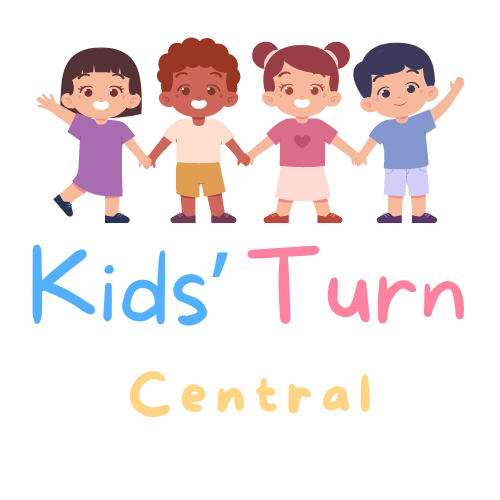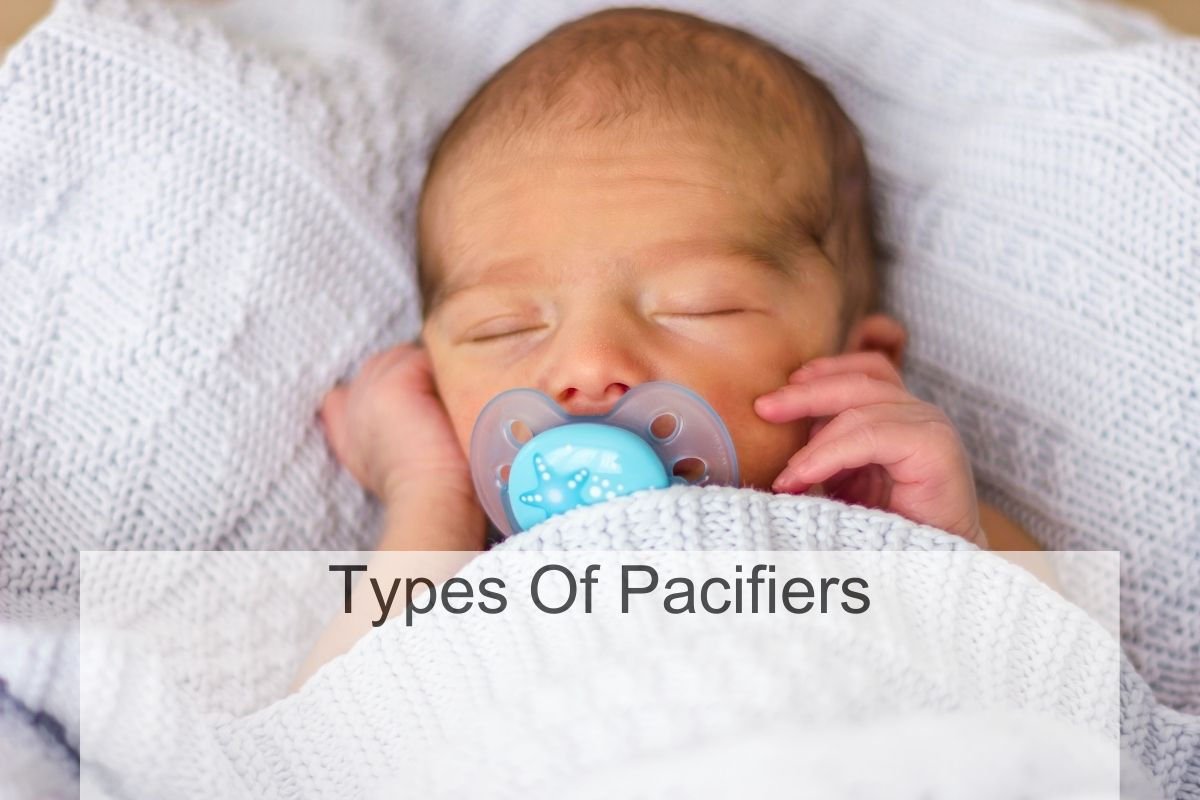As a parent, I know how important it is to soothe a fussy baby. One of the most common ways to calm a crying baby is by using a pacifier. Pacifiers are not only helpful in soothing babies, but they can also help reduce the risk of Sudden Infant Death Syndrome (SIDS). However, with so many different types of pacifiers available in the market, it can be overwhelming to choose the right one for your baby.

One type of pacifier is the orthodontic pacifier. This type of pacifier is designed to mimic the shape of a mother’s nipple during breastfeeding, which can help prevent nipple confusion in breastfed babies. Another type of pacifier is the teething pacifier, which has a textured surface that can help soothe a teething baby’s gums. The lovey pacifier is a combination of a pacifier and a soft toy, which can provide comfort to babies who like to cuddle with a soft object.
When choosing a pacifier, it’s important to consider your baby’s age, as different pacifiers are designed for different age ranges. You should also choose a pacifier that is made of safe, non-toxic materials and is easy to clean. By understanding the different types of pacifiers available, you can make an informed decision and choose the one that is best for your baby’s needs.
Basics of Pacifiers

As a loving parent, I know that pacifiers can be a lifesaver for both baby and parent. Pacifiers are small, nipple-shaped devices that babies can suck on for comfort. In this section, I’ll cover the basics of pacifiers to help you understand their definition and purpose, as well as the different material varieties available.
Definition and Purpose
Pacifiers are designed to soothe and comfort babies by mimicking the natural sucking reflex that babies have. When a baby sucks on a pacifier, it can help them feel calm and relaxed. Pacifiers can also help reduce the risk of Sudden Infant Death Syndrome (SIDS) by providing a safe way for babies to self-soothe and fall asleep.
Material Varieties
Pacifiers come in a variety of materials, each with its own set of pros and cons. Some of the most common materials include:
- Silicone: This is a soft, flexible material that is easy to clean and durable. It is also resistant to heat and doesn’t absorb odors or flavors.
- Latex: This is a natural material that is soft and flexible. It is also more durable than silicone. However, some babies may be allergic to latex.
- Rubber: This is a natural material that is soft and flexible. It is also more durable than silicone. However, some babies may be allergic to rubber.
Types by Age Group

As a loving parent, I know that choosing the right pacifier for your baby can be overwhelming. One factor to consider is the age of your little one. Here are some types of pacifiers by age group:
Newborn Pacifiers
Newborn pacifiers are designed for babies from birth to three months old. They are usually smaller and have a softer nipple to accommodate the delicate mouth of a newborn. Some popular brands for newborn pacifiers include Philips Avent Soothie and Nuk Newborn Orthodontic Pacifier.
Infant Pacifiers
Infant pacifiers are suitable for babies from three to six months old. They are slightly larger than newborn pacifiers and have a more durable nipple. Some infant pacifiers have a curved shape to promote proper oral development. Examples of infant pacifiers include Tommee Tippee Closer to Nature and MAM Perfect.
Toddler Pacifiers
Toddler pacifiers are for babies over six months old. They are larger and have a more robust nipple to accommodate the growing mouth of a toddler. Some toddler pacifiers have special features like a glow-in-the-dark handle or a built-in teether. Popular brands for toddler pacifiers include Nuby Glow-in-the-Dark Pacifier and RaZbaby RaZ-Berry Silicone Teether.
Pacifier Shapes

As a loving parent, I understand that choosing the right pacifier for my baby can be overwhelming. One factor to consider is the shape of the pacifier. Here are some common pacifier shapes and what you need to know about them.
Orthodontic Pacifiers
Orthodontic pacifiers are designed to mimic the shape of the mother’s nipple during breastfeeding. They have a flattened bottom and a rounded top, which allows the baby’s tongue to rest in a natural position. These pacifiers are recommended by dentists as they promote proper oral development and reduce the risk of dental issues such as overbite or crossbite.
Cherry-Shaped Pacifiers
Cherry-shaped pacifiers have a round, bulbous nipple that resembles a cherry. These pacifiers are suitable for newborns and infants who are still developing their sucking reflex. They are easy to use and widely available, but they may cause dental problems if used for an extended period.
Flat Pacifiers
Flat pacifiers have a flat nipple that lies against the baby’s tongue. They are designed to reduce pressure on the roof of the baby’s mouth, making them suitable for babies with a high palate. Flat pacifiers are also less likely to cause dental problems, but they may not be suitable for all babies.
Specialty Pacifiers

As a loving parent, I understand that pacifiers can be a lifesaver for both babies and parents. But did you know that there are specialty pacifiers available that can make life even easier? Here are a few types of specialty pacifiers that you may want to consider:
Feeding Pacifiers
Feeding pacifiers are a great option for parents who want to introduce their baby to solids. These pacifiers have a small opening in the nipple that allows you to put small pieces of food inside. As your baby sucks on the pacifier, they can taste and chew the food, which can help them get used to new flavors and textures.
Stuffed Animal Pacifiers
Stuffed animal pacifiers are a cute and cuddly option for babies who love to snuggle. These pacifiers have a soft, plush toy attached to the shield, which can provide comfort and entertainment for your little one. Plus, the stuffed animal can help keep the pacifier in place, so you don’t have to worry about it falling out as often.
Glow-in-the-Dark Pacifiers
Glow-in-the-dark pacifiers are a practical option for parents who want to be able to find the pacifier in the dark. These pacifiers have a special coating that absorbs light during the day and glows in the dark at night. This can make it easier to find the pacifier if your baby wakes up in the middle of the night and needs soothing.
Safety and Usage
As a parent, my child’s safety is of utmost importance to me. When it comes to pacifiers, there are a few things I keep in mind to ensure that my baby is using them safely and correctly.
Safety Standards
First and foremost, I make sure that the pacifiers I purchase meet safety standards. According to the Mayo Clinic, pacifiers should have ventilation holes in the shield to prevent suffocation. The shield should also be made of firm plastic and be at least 1-1/2 inches across to prevent the baby from choking on it. I always make sure to check these features before purchasing a pacifier.
Cleaning and Maintenance
Another important aspect of pacifier usage is cleaning and maintenance. I make sure to clean my baby’s pacifiers regularly to prevent the buildup of harmful bacteria. According to Nationwide Children’s Hospital, pacifiers should be sterilized frequently in boiling water or in a dishwasher until the baby is 6 months old. After that, soap and water washing is sufficient.
I also keep an eye on the pacifier’s condition and replace it if it becomes discolored or torn. Most pacifiers are made of natural rubber or latex, which saliva can eventually break down and cause the pacifier to deteriorate.
Pacifier Accessories
As a loving parent, I know how important it is to keep pacifiers clean and within reach. That’s why pacifier accessories are a must-have for any parent. Here are two types of pacifier accessories that I find particularly helpful:
Pacifier Clips
Pacifier clips are a great way to keep pacifiers from falling on the ground or getting lost. They come in a variety of styles and colors, so you can choose one that matches your baby’s outfit. I like to attach the clip to my baby’s clothing or stroller so that the pacifier is always within reach. Some pacifier clips even come with a teething toy attached, which is a great way to keep your baby entertained.
Pacifier Cases
Pacifier cases are another must-have accessory for any parent. They are perfect for storing pacifiers when you’re on the go. I like to keep a pacifier case in my diaper bag so that I always have a clean pacifier on hand. Pacifier cases come in a variety of sizes and styles, so you can choose one that fits your needs. Some pacifier cases even come with a strap, so you can attach them to your stroller or diaper bag for easy access.

